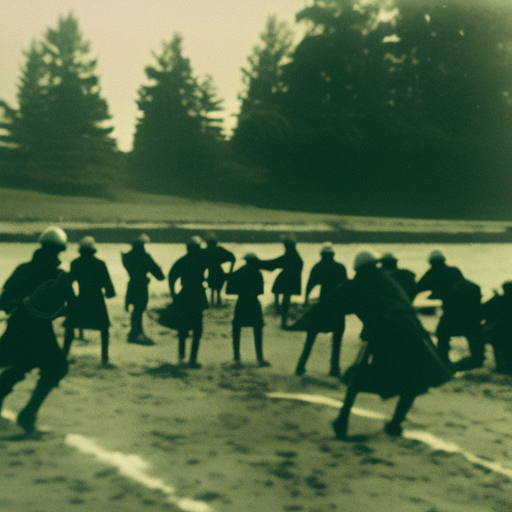Battle of Solebay: A Naval Clash in the Anglo-Dutch Wars
The Battle of Solebay, fought on May 28, 1672, was a significant naval engagement during the Third Anglo-Dutch War. It took place off the coast of Suffolk, England, near the Sole Bay. The battle was fought between the English fleet, commanded by James, Duke of York, and the Dutch fleet, led by Lieutenant-Admiral Michiel de Ruyter.
Background:
The Third Anglo-Dutch War began in 1672 when England, France, and several German states formed an alliance against the Dutch Republic. The English sought to weaken the Dutch as they saw them as a commercial and naval rival. The Dutch, on the other hand, were determined to defend their independence and maritime trade.
Preparations and Fleet Composition:
The English fleet, consisting of around 100 ships, was anchored near Southwold Bay, waiting for the Dutch fleet to arrive. The Dutch fleet, comprising approximately 75 ships, set sail from the Texel on May 26, 1672. Both sides were well-prepared and eager to engage in battle.
The Battle:
On the morning of May 28, the English fleet spotted the Dutch ships approaching. The English commander, James, Duke of York, ordered his fleet to form a line of battle. The Dutch, under the command of Michiel de Ruyter, also formed a line of battle and approached the English fleet.
The battle began with an exchange of cannon fire between the two fleets. The English initially had the advantage, as their ships were larger and better armed. However, the Dutch fleet, known for its skilled sailors and maneuverability, quickly closed the gap.
The fighting intensified as the two fleets clashed. The English flagship, the Royal James, was heavily damaged and eventually caught fire. The Duke of York was forced to transfer to another ship to continue commanding the fleet. The Dutch flagship, the Zeven Provinciën, also suffered significant damage.
Throughout the battle, both sides demonstrated their naval prowess. The Dutch employed their famous “Dutch line” tactic, where ships sailed in a line, concentrating their fire on individual enemy vessels. The English, on the other hand, used their superior firepower to target specific Dutch ships.
Outcome:
After several hours of intense fighting, darkness fell, and the battle ended inconclusively. Both sides claimed victory, but the losses were significant for both fleets. The English lost four ships, including the Royal James, while the Dutch lost three ships, including the Zeven Provinciën. The casualties were estimated to be around 1,500 men on each side.
Significance:
The Battle of Solebay was a strategically important engagement in the Third Anglo-Dutch War. Although inconclusive, it demonstrated the strength and resilience of both the English and Dutch navies. The battle also highlighted the tactical skills of Michiel de Ruyter and the determination of the Duke of York.
The war continued for several more years, with both sides experiencing victories and defeats. Ultimately, the conflict ended in 1674 with the Treaty of Westminster, which restored peace between England and the Dutch Republic. The Battle of Solebay remains an important event in naval history, showcasing the fierce rivalry and military capabilities of two maritime powers.












